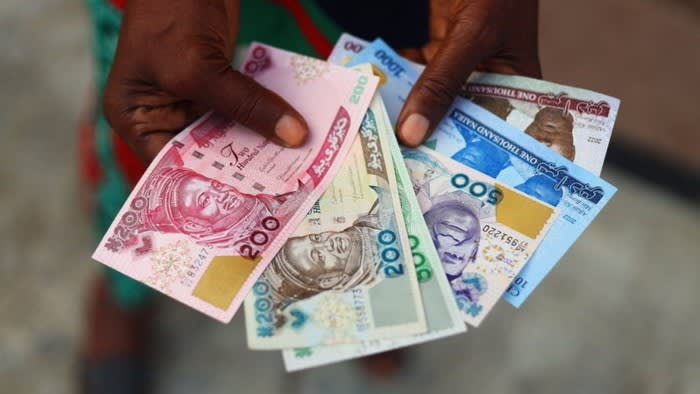
In his guest column “Thailand policy can tell us about future of money” (Markets Insight, August 7) Eswar Prasad claims that “the Bank of Thailand and other central banks experimenting with [central bank digital currencies] assert that it would coexist with physical currency”. However, many central banks have said quite the opposite.
The central banks of The Bahamas, the Eastern Caribbean Currency Union, Lebanon, Nigeria, Peru, Rwanda, and the Solomon Islands have all said their goal is to go cashless and that CBDCs are a way to get there.
Even the Bank of Thailand has said that it predicts a CBDC would partially replace cash (and existing forms of digital money). Whether the intention is to cut down on the costs of printing cash or to cut out alternatives that could prove to be a barrier to implementing policies like negative interest rates, these central banks have made no secret of the fact they believe the clock is ticking for cash.
Prasad is correct that some central banks — such as the Bank of England, the European Central Bank, and the Federal Reserve — have said a CBDC would not replace cash.
However, even then, these central banks also point to the decline of cash as a reason to create a CBDC. Perhaps the line being drawn is that they won’t forcibly take away cash, but that is a fine line.
With that said, there’s no denying that the convenience of digital payments has played a major role in the decline of cash. But there is also no denying that governments see CBDCs as a way to finish the job.
Nicholas Anthony
Policy Analyst, Cato Institute; Fellow, Human Rights Foundation, Washington, DC, US
